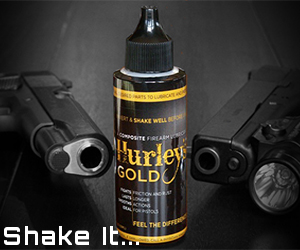By "civilian" do you mean lay person or any non military person to include professional responders?
It would certainly be great for a person to understand C-spine immobilization, basic airway maneuvers and adjuncts, pocket mask/BVM ventilation, occlusive dressings, direct pressure, wound packing, and tourniquet use, but at that point, we're pretty much talking about an EMT.
There's really not that much for the lay person to do for a patient with life threatening head trauma or intrathoracic or intraabdominal bleeding... but they can definitely save a life with direct pressure and/or a tourniquet.
Back in the 1970's, we realized that our training of our military "Medics" over-emphasized C-spine immobilization, to the detriment of airway support. As a career Neuroradiologist, C-spine injuries have been a major concern of mine "forever"; but we were hearing field reports of injured personnel coming in with extensive C-spine support, but D.O.A. from suffocation.
Our extensive later experience told us that, while possible, real-life SIGNIFICANT aggravation of cervical injuries by medics and field caregivers was fairly rare, and that keeping the airway open should almost always take precedence.







